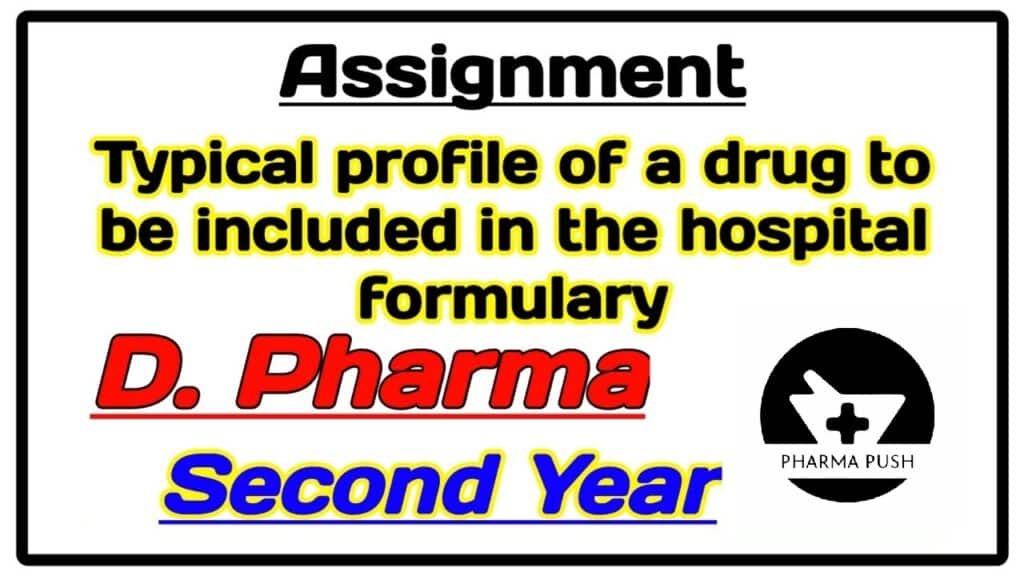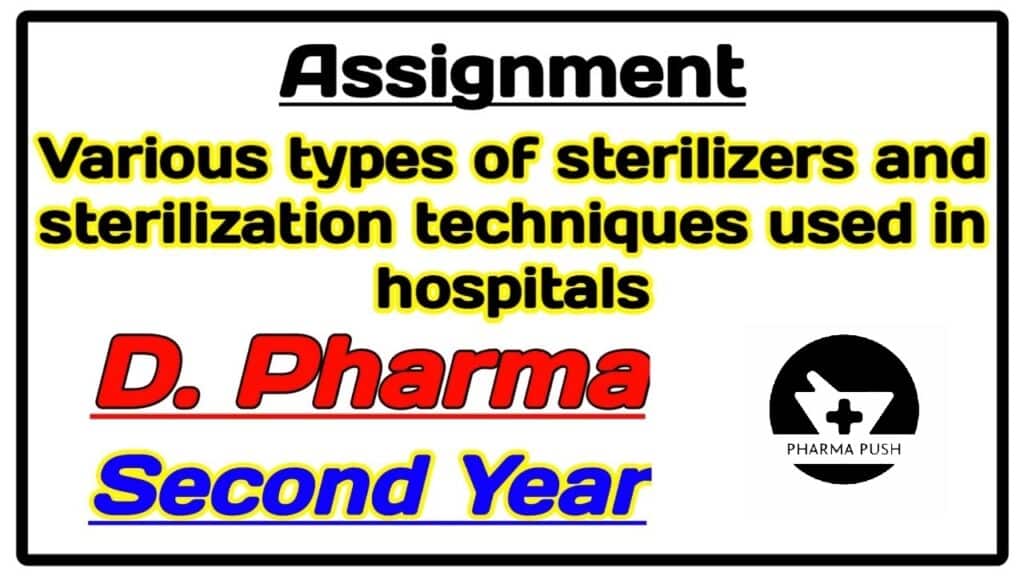Introduction
Antimicrobial resistance (AMR) refers to the ability of microorganisms, such as bacteria, viruses, fungi, and parasites, to withstand the effects of antimicrobial drugs, including antibiotics, antivirals, antifungals, and antiparasitics. This phenomenon occurs when microbes evolve mechanisms to neutralize the drugs intended to kill them, rendering the medications ineffective.
AMR poses a significant threat to public health worldwide, leading to increased morbidity, mortality, and healthcare costs. The emergence and spread of resistant pathogens complicate the treatment of infectious diseases, rendering previously effective drugs ineffective. This can result in prolonged illness, treatment failures, and the need for more expensive and toxic medications.
Key factors contributing to the rise of antimicrobial resistance include:
- Overuse and Misuse of Antimicrobials: Excessive and inappropriate use of antimicrobial drugs in human health, animal agriculture, and agriculture contribute to the selection pressure driving the development of resistance.
- Poor Infection Prevention and Control Practices: Inadequate hygiene, sanitation, and infection control measures in healthcare settings facilitate the spread of resistant pathogens among patients, healthcare workers, and the community.
- Globalization and Travel: Increased international travel and trade facilitate the rapid spread of resistant microbes across borders, making AMR a global health security concern.
- Lack of New Antimicrobial Development: The pipeline for new antimicrobial drugs is limited, with few new antibiotics being developed and approved for clinical use. This exacerbates the problem of AMR, as existing drugs become less effective against resistant pathogens.
Implementing effective measures within hospitals is essential to minimize the emergence and spread of antimicrobial resistance. In this comprehensive guide, we will explore various measures that hospitals can take to combat antimicrobial resistance, organized into different categories:
You May Like: Home Diagnostic Kits – Pregnancy Test, COVID testing etc
You May Like: Concept of electronic health records
You May Like: Total Parenteral Nutrition and IV admixtures and their compatibility issues
- Antimicrobial Stewardship Programs (ASP):Antimicrobial stewardship programs are systematic approaches to promoting the appropriate use of antimicrobials in hospitals. Key components of ASPs include:
- Forming multidisciplinary teams comprising infectious disease specialists, pharmacists, microbiologists, and clinicians to oversee antimicrobial use.
- Implementing guidelines and protocols for antimicrobial prescribing based on local antibiograms, susceptibility patterns, and clinical evidence.
- Conducting regular audits and feedback sessions to monitor antimicrobial use practices.
- Providing education and training to healthcare professionals regarding appropriate antimicrobial prescribing and resistance mechanisms.
- Infection Prevention and Control (IPC):Infection prevention and control measures are critical for minimizing the transmission of resistant pathogens within healthcare settings. Key IPC strategies include:
- Hand hygiene promotion among healthcare workers and visitors through education and provision of hand sanitizers.
- Implementing contact precautions for patients colonized or infected with multidrug-resistant organisms (MDROs).
- Environmental cleaning and disinfection protocols to reduce the reservoir of pathogens in hospital settings.
- Implementing screening programs to detect colonization with MDROs upon admission and during hospitalization.
- Isolation of patients with confirmed or suspected MDRO infections to prevent cross-transmission.
- Diagnostic Stewardship:Rational use of diagnostic tests can help optimize antimicrobial prescribing and minimize unnecessary antibiotic use. Diagnostic stewardship measures include:
- Utilizing rapid diagnostic tests to identify pathogens and their antimicrobial susceptibilities, enabling targeted therapy.
- Implementing algorithms and clinical decision support systems to guide appropriate diagnostic test ordering.
- Encouraging judicious use of biomarkers (e.g., procalcitonin) to differentiate bacterial infections from viral infections and reduce unnecessary antibiotic use.
- Surveillance and Epidemiology:Surveillance of antimicrobial resistance patterns and infectious diseases can help hospitals identify emerging threats and implement targeted interventions. Key surveillance measures include:
- Establishing robust surveillance systems to monitor antimicrobial resistance trends among common pathogens.
- Participating in regional, national, and international surveillance networks to share data and best practices.
- Performing molecular typing and genomic analysis of resistant pathogens to track transmission dynamics and identify outbreaks.
- Antimicrobial Use and Formulary Restrictions:Hospitals can implement policies to regulate the use of broad-spectrum antibiotics and restrict access to high-risk antimicrobials. Key strategies include:
- Implementing pre-authorization requirements for restricted antimicrobials, requiring approval from infectious disease specialists or antimicrobial stewardship teams.
- Establishing antimicrobial formularies and tiered prescribing guidelines to promote the use of narrow-spectrum agents whenever possible.
- Implementing dose optimization protocols to ensure appropriate dosing and duration of antimicrobial therapy based on patient characteristics and infection severity.
- Education and Awareness:Education and awareness campaigns are crucial for fostering a culture of antimicrobial stewardship among healthcare professionals, patients, and the community. Key initiatives include:
- Providing ongoing education and training on antimicrobial resistance, stewardship principles, and infection prevention to healthcare staff.
- Engaging patients and families in discussions about antimicrobial use, the importance of completing prescribed courses of antibiotics, and the risks of antimicrobial resistance.
- Collaborating with community stakeholders, including primary care providers, long-term care facilities, and public health agencies, to promote coordinated antimicrobial stewardship efforts.
- Research and Innovation:Research and innovation are essential for developing new antimicrobial agents, diagnostic technologies, and treatment strategies to combat antimicrobial resistance. Key areas of focus include:
- Supporting research initiatives to identify novel antimicrobial compounds, alternative treatment modalities, and non-antibiotic approaches to infectious diseases.
- Investing in the development of rapid diagnostic tests, point-of-care technologies, and surveillance platforms to facilitate early detection and containment of resistant pathogens.
- Promoting interdisciplinary collaboration and partnerships between academia, industry, and government agencies to address gaps in antimicrobial research and development.
Conclusion
In conclusion, Antimicrobial resistance is a complex problem with many diverse contributing factors. It is major cause of health concerns adding cost to oneself and to the community, directly or indirectly. Prevention is still the best tool to reduce the infection spread and thereby AMR. Along with rational use of existing antimicrobial drugs, development of new effective compounds and new diagnostic technology is the need. Joint efforts from patients, prescribers and individuals to international regulators and policy makers are needed to fight against the globally spreading antimicrobial resistance.
Combating antimicrobial resistance requires a multifaceted approach that encompasses antimicrobial stewardship, infection prevention and control, diagnostic stewardship, surveillance, formulary restrictions, education, and research. By implementing these measures collaboratively, hospitals can mitigate the spread of antimicrobial resistance and safeguard the effectiveness of antimicrobial agents for future generations.
Reference
- The evolving threat of antimicrobial resistance. Options for action. World Health Organization, 2012
- Antibiotic Resistance Threats in the United States, US Department of Human and Health Services, Centre for Disease Control and prevention, 23, 2013
- ECDC/EMEA Joint Technical Report. The bacterial challenge: time to react. European Centre for Disease Prevention and Control, 2009. EMEA. doc. ref. EMEA/576176/2009 [Google Scholar]
- Methicillin resistant Staphylococcus aureus (MRSA) in India: Prevalence & susceptibility pattern. Indian Network for Surveillance of Antimicrobial Resistance (INSAR) group, India. Indian J Med Res. 2013;137:363–9. [PMC free article] [PubMed] [Google Scholar]


